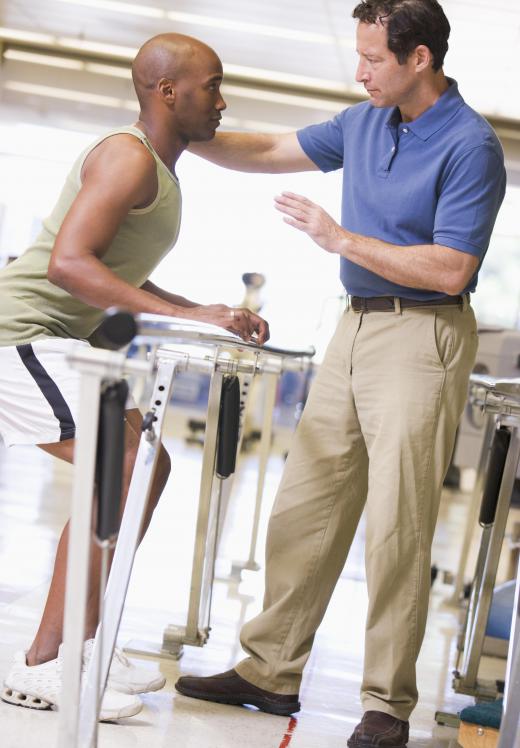Biomechanics is the study of the human body in a physical fashion that is analogous to the way a mechanic would study a vehicle. As the human body is much more complex than most machines, this field requires a great deal of knowledge overlapping multiple disciplines. Sports biomechanics is the study of the body's movement during sporting activities. Scientists may use biomechanics to help athletes improve performance or avoid injury.
A multidisciplinary science, biomechanics encompasses principles of physics, anatomy, and physiology in studying the forces and movements of the body. The applications of this field are varied. They range from health care, in helping an amputee find the most effective and efficient prosthetic, to sports biomechanics, which may involve honing the gait of an elite sprinter to shave off 0.01 of a second off the racer's time.

Professionals in sports biomechanics are generally concerned with one of two subcategories: injury prevention and performance. This group of scientists analyzes the particular movements of a given sport for clues about what makes certain athletes superior to others. They also study why certain athletes are prone to injury, while others seem to last a lifetime.

There are a number of factors involved in the analytical side of sports biomechanics. An example involving sprinters will help to illustrate. Sprinter A will represent a faster individual who is more prone to injury. Sprinter B will embody a less successful sprinter who is yet to experience any threatening injury.
In order to deduce the reasons for the performance and injury disparities between the two athletes, their physical actions in sprinting will likely be analyzed in film as well as in laboratory settings. Film gives a repeatable visual cue that may be sped up or slowed down and viewed as many times as necessary. Laboratory observations may yield specific data related to force distribution, efficiency, and other useful measurements.

In this example, the sports biomechanics professionals may find that athlete A is able to generate more force against the ground during the short interval in which the sprint is completed. It could be discovered that this is due to a gait that is more efficiently utilized than athlete B's running style. Athlete A, however, may also in turn apply too much force to the ligaments of the legs, which are prone to injury, explaining the differences between these elite athletes. This type of insight would not be possible without the world of sports biomechanics.
